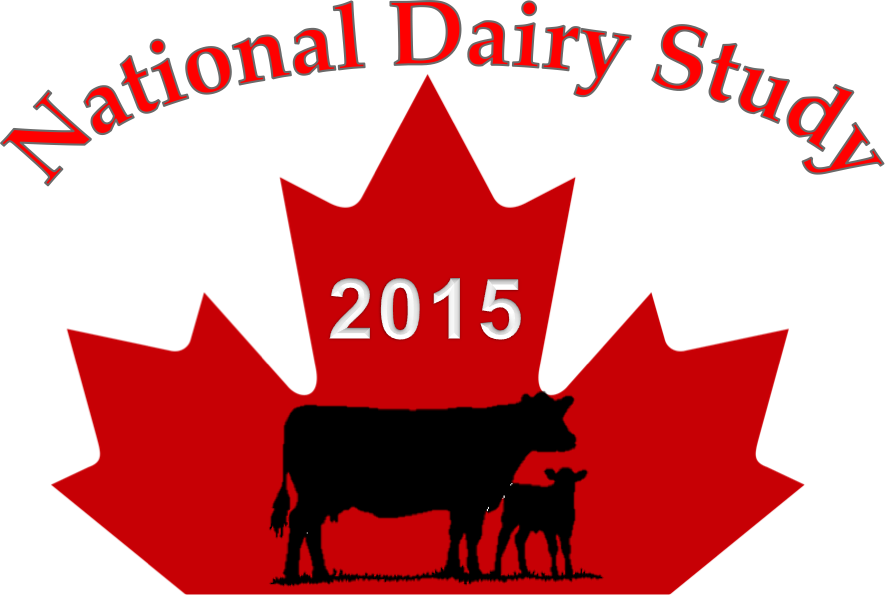Animal Care
The National Dairy Study collected information on the care and welfare of dairy cattle on Canadian farms. Look below for an overview of some of the primary results.
assessing priorities
During the Phase I Needs Assessment of the National Dairy Study, stakeholders were asked to indicate which topics and specific issues were of most interest. Importantly, animal welfare was viewed as the top priority management topic by producers, government, and other stakeholders. Moreover, those same stakeholders unanimously agreed that dairy cattle lameness was the most important disease to investigate.
Evaluating dairy cattle lameness
Dr. Stephanie Croyle is completing her PhD with a focus on dairy cattle welfare, using data from the National Dairy Study to understand lameness prevalence and cattle management across Canada. She has produced a series of videos to help train stakeholders on how to assess and identify lameness in free stall and tie-stall barns.
Canada's national dairy industry quality assurance program, proAction, has set a target of 10% of fewer lame cows in each dairy herd. Preliminary results show that nearly 25% of cows assessed in free stall herds were identified as lame (using gait scoring methods), while nearly 35% of cows assessed in tie-stall herds were lame (using in-stall lameness assessments). Meaning there is room for improvement and the implementation of corrective actions to decrease the prevalence of lameness and improve dairy cattle welfare
Proportion of cows identified as lame in free stalls (FS) and tie-stalls (TS), where lameness is identified as an obvious limp in FS using gait scoring methods, and with the presence of 2 or more behavioural indicators (BI) using in-stall lameness methods.
Watch Stephanie’s Research Vlog’s
Check out Stephanie’s video summaries of her work on the National Dairy Study.

